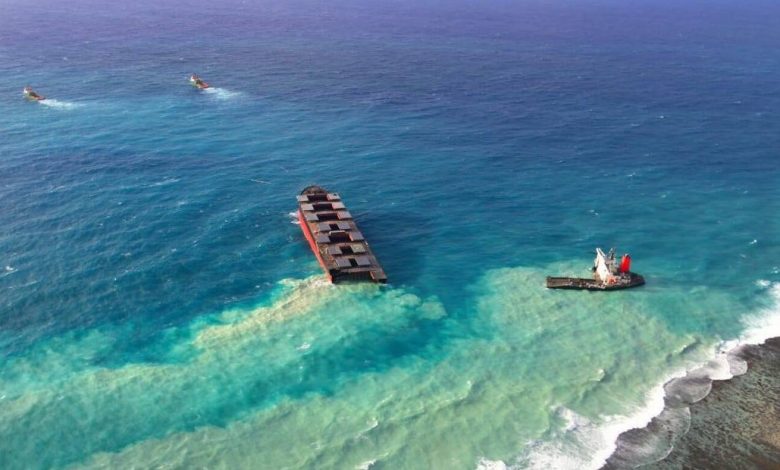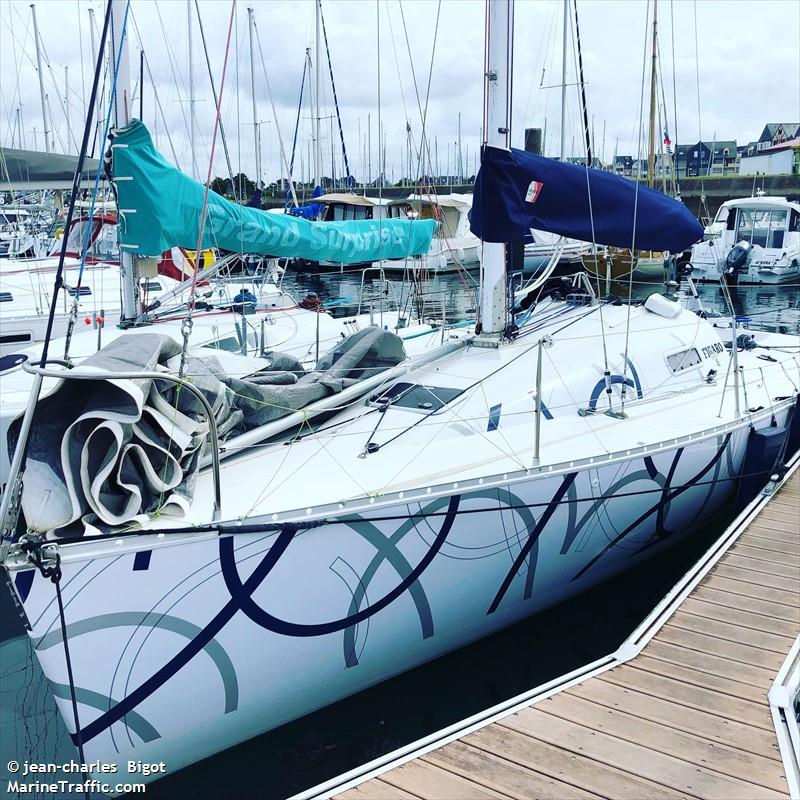Wakashio disaster takes another tragic turn with sinking of a tug

The Wakashio disaster in Mauritius took another tragic turn last night when a number of port authority employees died after a tug sank following a collision with a barge that was transporting oil from the grounded Japanese bulk carrier.
The accident happened in the northeast of the island between the tug, Sir Gaëtan Duval and a barge it was towing. The barge, L’Ami Constant, is owned by Mauritian maritime services company, Taylor Smith.
The barge struck the hull of the tug in squally conditions. The eight crew on the tug then evacuated as water ingress was spotted. The two lifeboats quickly capsized around 8pm local time last night. Four crew have been rescued, two are confirmed dead and another two are still missing despite a sizeable search and rescue operation mounted by local authorities.
The tug sunk in a coral lagoon while en route to the capital Port Louis. The accident happened around 50 km north of where the Wakashio grounded on July 25, sparking a 1,000 tonne bunker fuel spill. The giant newcastlemax subsequently split in two with the front three quarters of the Nagashiki Shipping vessel scuttled in deeper waters last week, while the aft remains hard aground on a reef near UNESCO protected sites ion the island.
The location of yesterday’s sinking of the tug, Poudre d’Or, is a protected fishing reserve.
A fortnight after the initial oil leak from the Wakashio, it was revealed that arsenic levels had risen 500% above normal levels from local fish caught in the area of the ship’s sinking.
More than 45 dolphins and whales have washed up on Mauritius’s shoreline in the days since the fore part of the bulk carrier was scuttled.
Last night’s tragedy will inflame local indignation at how authorities have tackled the Wakashio disaster. An island-wide demonstration over the weekend saw thousands take to the street to decry the government’s slow response to the initial grounding and its lack of transparency in the subsequent clean-up operations.

 and a barge it was towing. The barge, L’Ami Constant, is owned by Mauritian maritime services company, Taylor Smith.
and a barge it was towing. The barge, L’Ami Constant, is owned by Mauritian maritime services company, Taylor Smith.
The salvage industry is in crisis. Salvage masters who knew the industry well with years of experience have all been fired and replaced by young managers who are making decisions from the desk.
Everywherej
Sadly to say that this trend apply to all sectors of shipping, even ashore (decisions taken by accountant and students rather than marine experts )
OK but if you are respected tug Master you should resist any orders that does not take into consideration prevailing weather conditions.